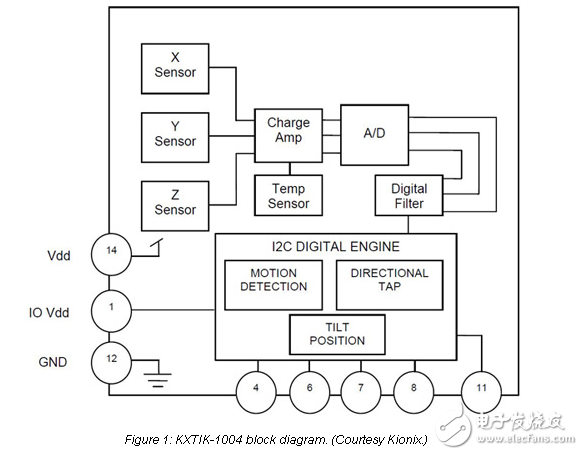
资料下载

利用传感器集线器提高性能和功耗
利用传感器集线器提高性能和功耗
传感器已成为许多系统中的常规功能。它们与许多其他外围设备共存,可以添加到系统所做的工作中的环境输入范围。然而,在一些系统中,传感器的数量有可能压倒其他更传统的外设,并且可能比其他外围设备更影响性能。
没有什么比智能手机更大的问题了。从一个或两个具有专用功能的传感器,移动平台戏剧性地增加了传感器的数量,并向有梦想的开发人员打开了传感器数据。建筑师可能从来没有设想这些应用程序,当他们纳入传感器。
其结果是,当触摸屏直接连接到应用处理器(AP)时,传感器(包括屏幕的触摸传感器)成为了一个负担。环境光传感器,接近,加速,旋转,甚至磁场、压力、湿度、辐射、化学传感和在不久的将来,它可以将传感器的管理从AP的意义。

If the AP needed every piece of sensor data, there might be no choice but to flood the AP with that data. However, sensors, if they are doing their job, simply report what they see. At their most basic, they do not ascribe meaning to that data – that is what the processor does. Sensors have become more intelligent over the last few years, but there is still a limited range of decisions that the sensor can make. After that, some processor must decide what, if anything, to do with the data.
While the AP is ultimately likely to use relevant data, it can be a fair bit of work just to keep track of the data and decide what is relevant. Just as dedicated circuitry handles the radio, video, graphics, and other intensive functions, so a sensor hub can free up processor bandwidth by shielding the AP from sensor events that are likely to be ignored. By allowing the AP to sleep, a sensor hub can also lengthen battery life, even while sensors may still be active.
声明:本文内容及配图由入驻作者撰写或者入驻合作网站授权转载。文章观点仅代表作者本人,不代表电子发烧友网立场。文章及其配图仅供工程师学习之用,如有内容侵权或者其他违规问题,请联系本站处理。 举报投诉
- 相关下载
- 相关文章







